
Looking for a showstopping dessert recipe that’ll never let you down? You can’t go wrong with a decadent red velvet cake. This layered cake is a staple recipe to keep in your back pocket for birthday parties, holidays (it’s perfect from Valentine’s ’til Christmas), or for ending a romantic date night. With a rich chocolate flavor, a fluffy texture, and a tangy cream cheese frosting, this Southern dessert was made to impress. Here’s how to make yours the best it can be:
What’s the difference between red velvet cake and chocolate cake?
While red velvet cake is very similar to chocolate cake, there are a few factors that set it apart:
For one, its color! Though many of the earliest recipes for chocolate cake call for chocolate, red velvet is traditionally made with cocoa powder. When used for baking, compounds in it (called anthyocins) would react with the buttermilk and vinegar, resulting in an especially light and fluffy cake with a slightly reddish-brown hue. Though it was likely never quite as bright red as we are used to seeing today, the name stuck, and bakers have been utilizing dye to achieve its signature red hue ever since.
Apart from its color, red velvet cake also contains vinegar (we like white, but apple cider or a subtle wine vinegar should work) and buttermilk, which help contribute to its soft and airy texture. The buttermilk and vinegar combo + the cream cheese frosting also gives a signature tang to the cake that really sets it apart from classic chocolate cake.
What’s the best food coloring to use?
The more concentrated your food coloring, the better for this cake. You want to generously color the chocolate batter so that, after baking, it’s a beautiful bright red. The 2 tablespoons called for in this recipe is assuming you’re using a classic water-based dye like McCormick. If you have a gel-based dye, which are usually more pigmented, you will be able to use less food coloring (possibly around half as much, so start small).
Frosting options:
Personally, we think the classic red velvet and cream cheese combo is unbeatable—the tanginess of the cream cheese paired with the chocolate and slight tang of the buttermilk is why this duo is a classic pair. But if cream cheese just really isn’t your favorite, feel free to go with a classic buttercream instead.
Tried this yet? Let us know how it went in the comments below!

Looking for a showstopping dessert recipe that’ll never let you down? You can’t go wrong with a decadent red velvet cake. This layered cake is a staple recipe to keep in your back pocket for birthday parties, holidays (it’s perfect from Valentine’s ’til Christmas), or for ending a romantic date night. With a rich chocolate flavor, a fluffy texture, and a tangy cream cheese frosting, this Southern dessert was made to impress. Here’s how to make yours the best it can be:
What’s the difference between red velvet cake and chocolate cake?
While red velvet cake is very similar to chocolate cake, there are a few factors that set it apart:
For one, its color! Though many of the earliest recipes for chocolate cake call for chocolate, red velvet is traditionally made with cocoa powder. When used for baking, compounds in it (called anthyocins) would react with the buttermilk and vinegar, resulting in an especially light and fluffy cake with a slightly reddish-brown hue. Though it was likely never quite as bright red as we are used to seeing today, the name stuck, and bakers have been utilizing dye to achieve its signature red hue ever since.
Apart from its color, red velvet cake also contains vinegar (we like white, but apple cider or a subtle wine vinegar should work) and buttermilk, which help contribute to its soft and airy texture. The buttermilk and vinegar combo + the cream cheese frosting also gives a signature tang to the cake that really sets it apart from classic chocolate cake.
What’s the best food coloring to use?
The more concentrated your food coloring, the better for this cake. You want to generously color the chocolate batter so that, after baking, it’s a beautiful bright red. The 2 tablespoons called for in this recipe is assuming you’re using a classic water-based dye like McCormick. If you have a gel-based dye, which are usually more pigmented, you will be able to use less food coloring (possibly around half as much, so start small).
Frosting options:
Personally, we think the classic red velvet and cream cheese combo is unbeatable—the tanginess of the cream cheese paired with the chocolate and slight tang of the buttermilk is why this duo is a classic pair. But if cream cheese just really isn’t your favorite, feel free to go with a classic buttercream instead.
Tried this yet? Let us know how it went in the comments below!
- Yields:
-
10 – 12
serving(s)
- Prep Time:
- 10 mins
- Total Time:
- 1 hr 30 mins
- Cal/Serv:
- 456
Directions
-
- Step 1
Preheat oven to 350°. Line 2 (8″) round cake pans with parchment and grease with cooking spray. In a large bowl, using a handheld mixer (or in the large bowl of a stand mixer fitted with the whisk attachment), beat butter and sugar on medium-high speed until light and fluffy. Add eggs, one at a time, beating to blend after each addition. Beat in vanilla.
- Step 2In a medium large bowl, whisk flour, cocoa powder, baking soda, and salt. Add half of dry ingredients to egg mixture. Beat on medium-low speed until just combined. Add buttermilk, vinegar, and red food coloring and beat on medium speed until combined. Add remaining dry ingredients and beat on medium-low speed until just combined. Divide batter between prepared pans.
- Step 3Bake cakes until a tester inserted into the center comes out clean, 25 to 30 minutes. Let cool 15 minutes, then invert onto a wire rack and let cool completely.
- Step 4Using a serrated knife, level tops of cakes, reserving scraps for decorating. Place one layer on a platter, then spread top with a thick layer of frosting. Place second cake layer on top. Frost top and sides of cake. Crumble reserved cake pieces on top of cake, lightly pressing to adhere.
- Step 1


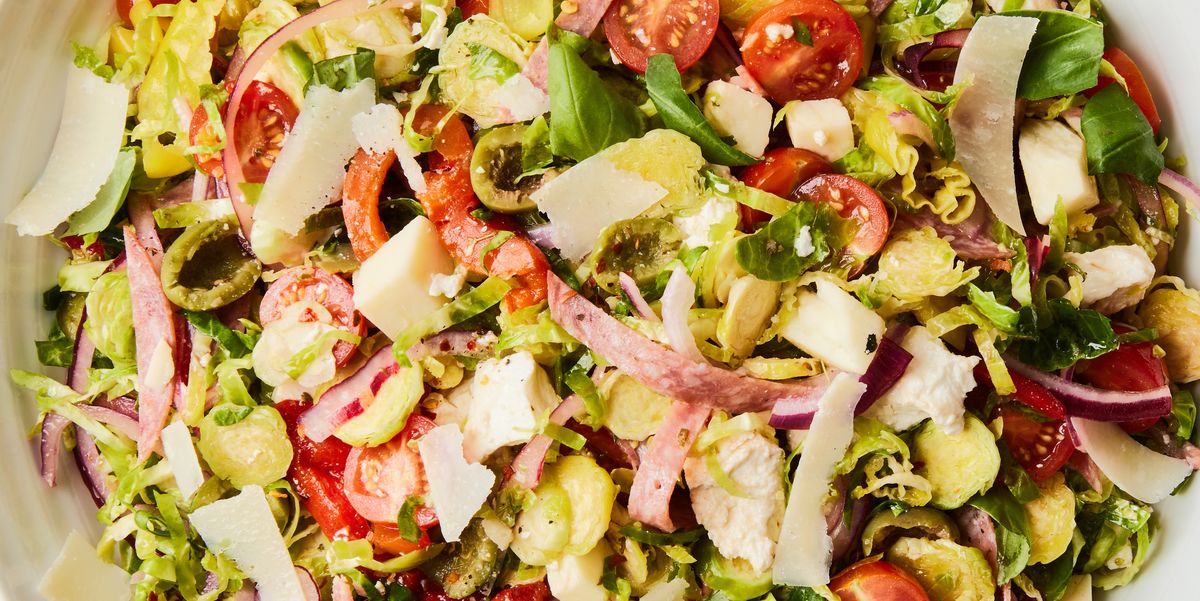
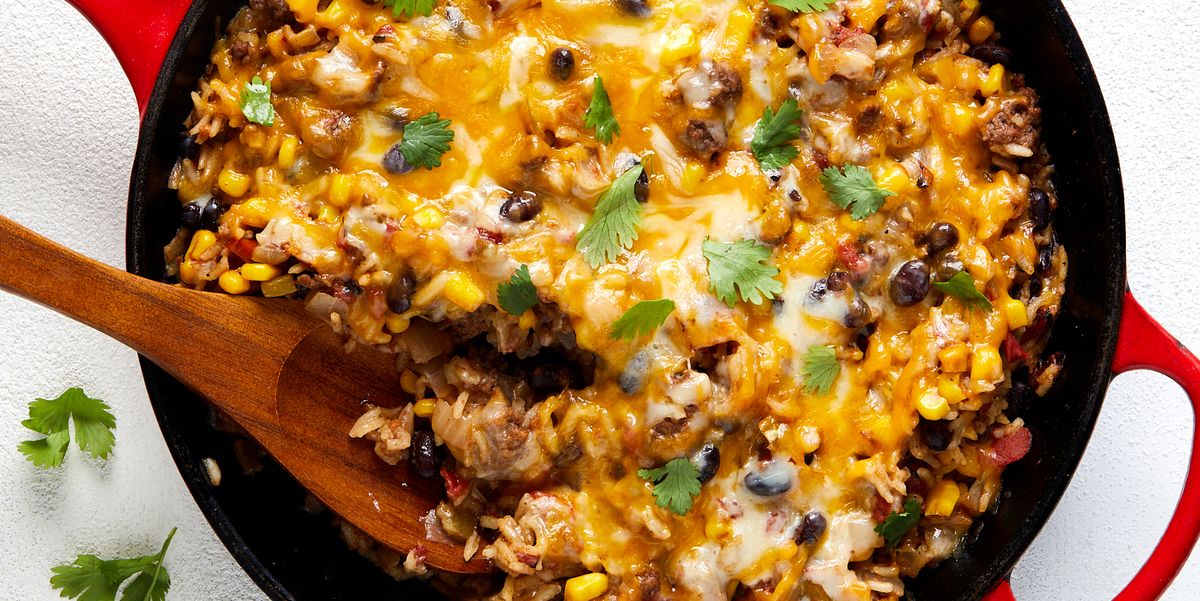
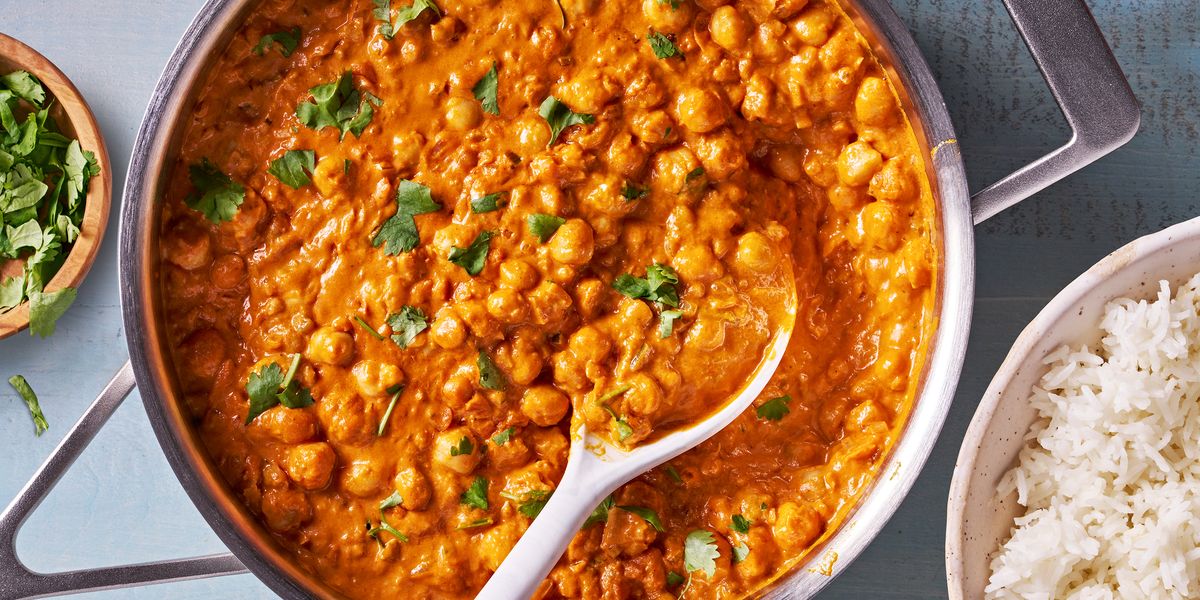
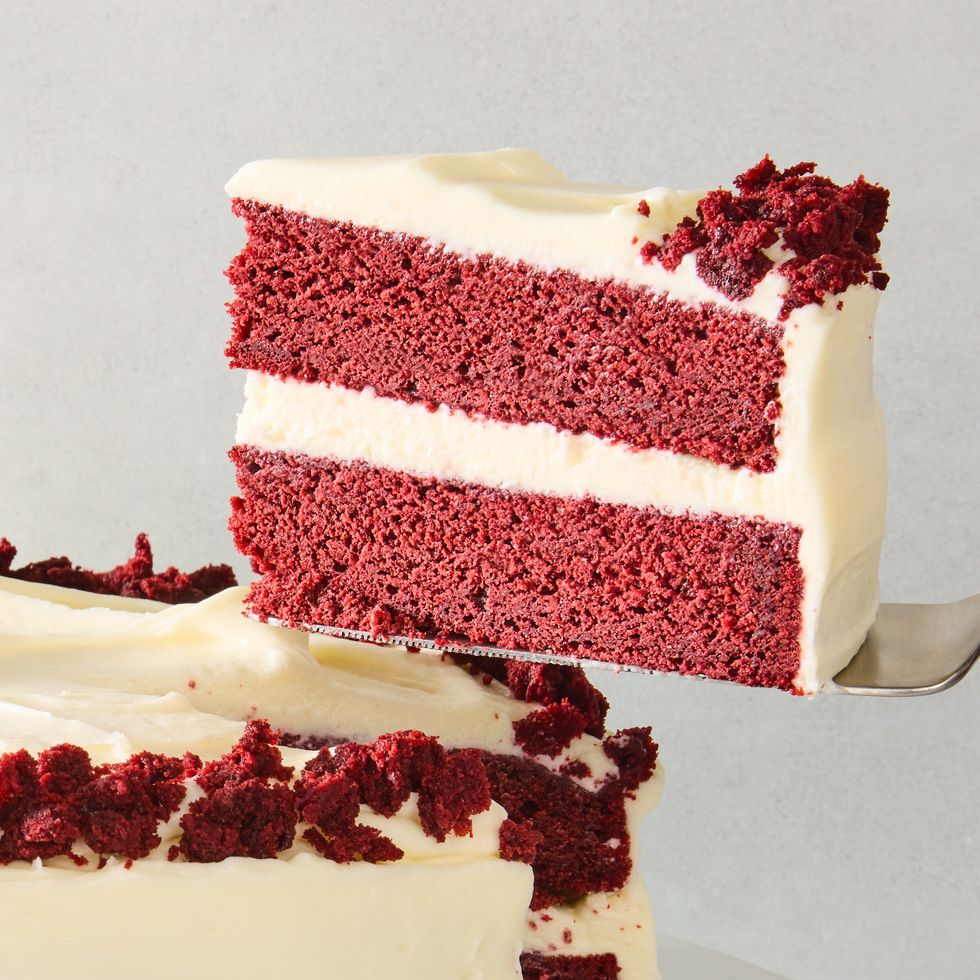

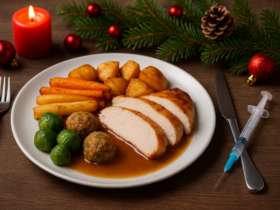






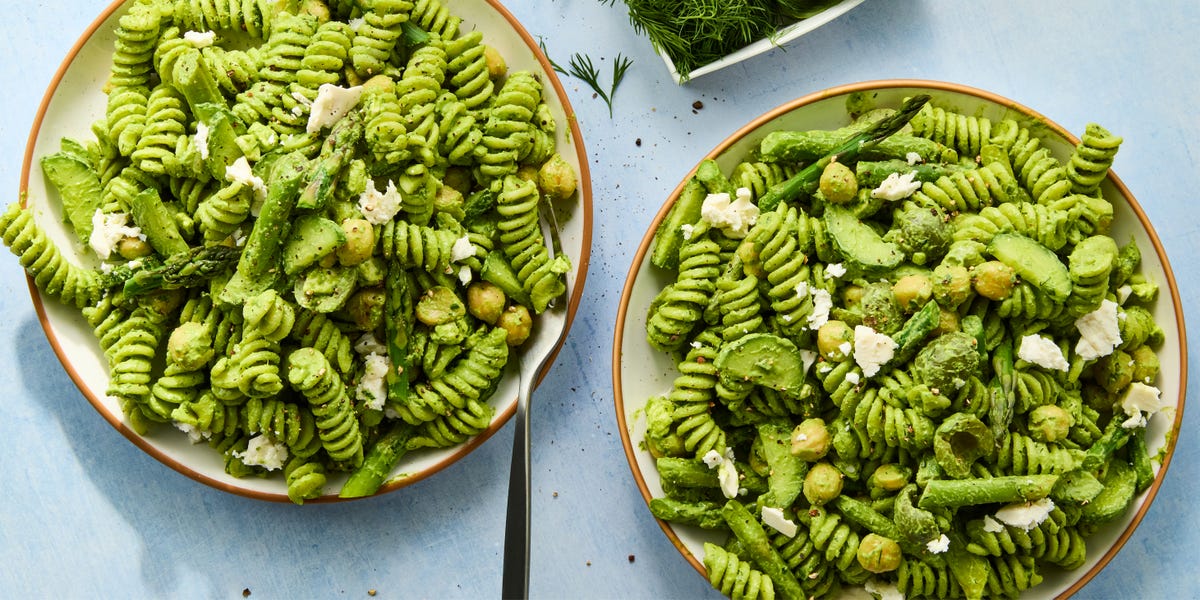


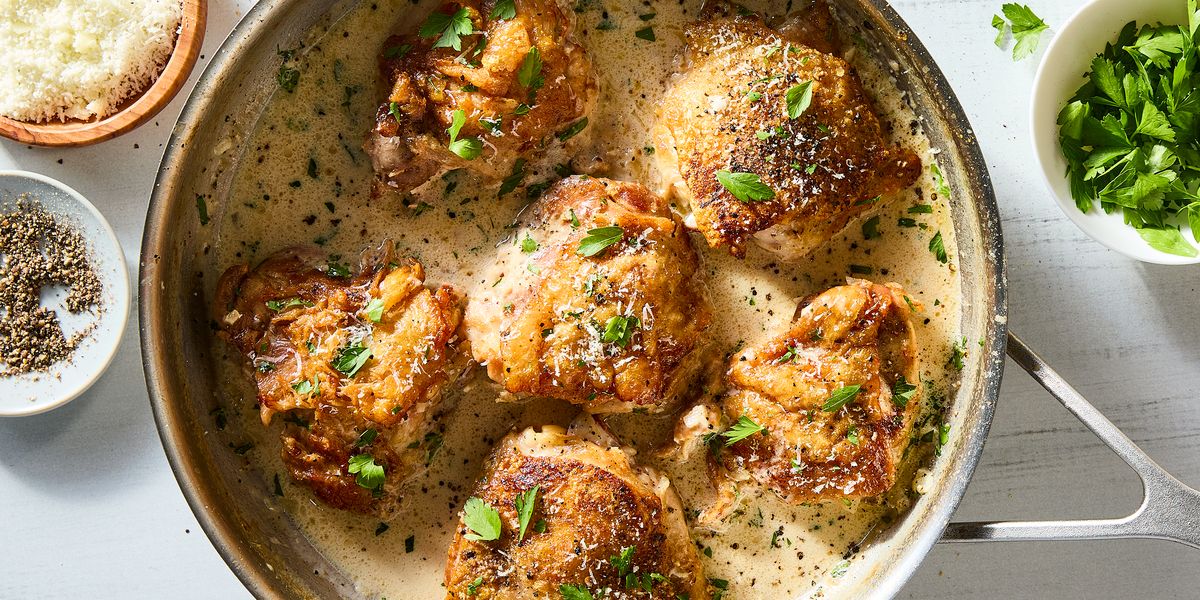

Leave a Reply